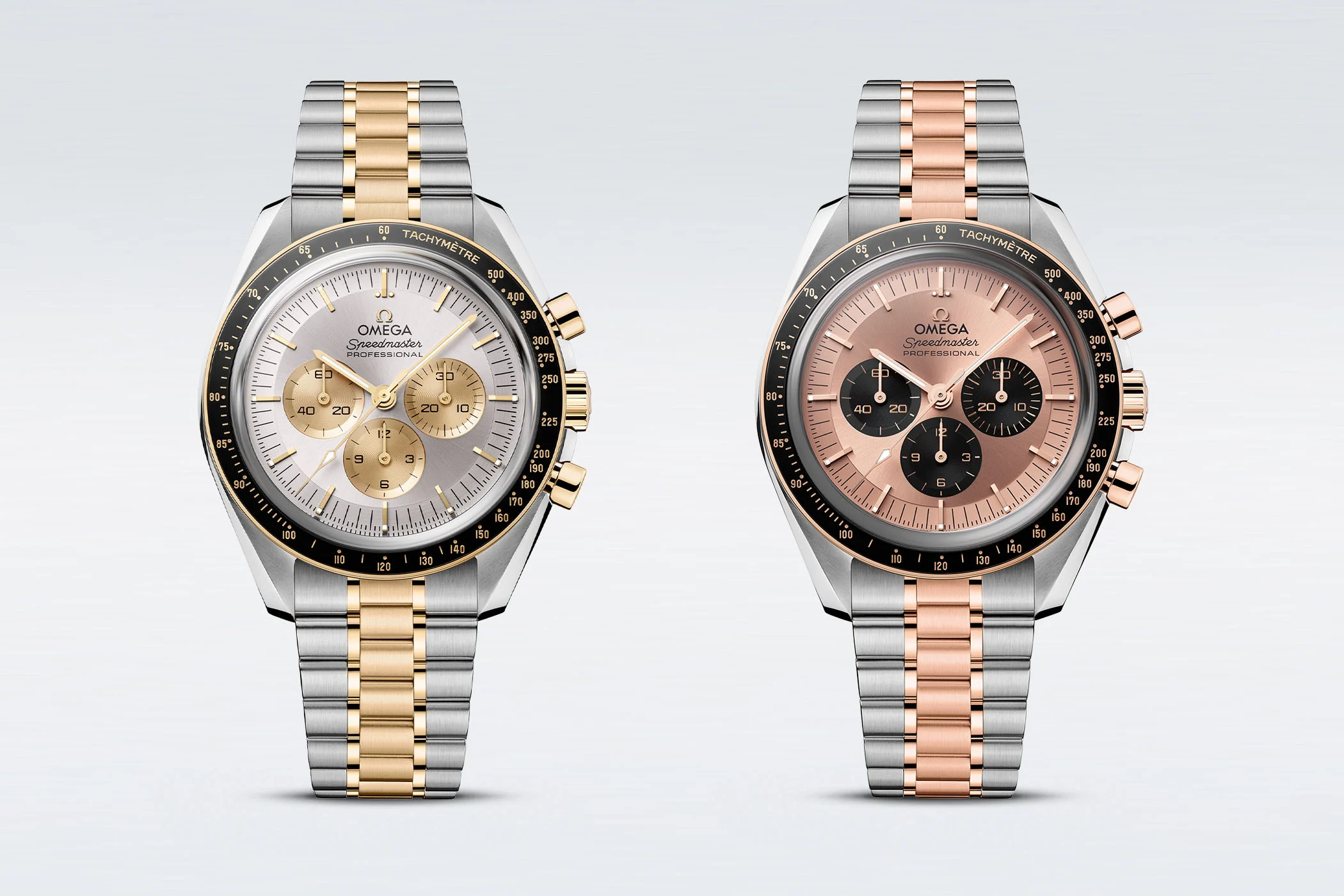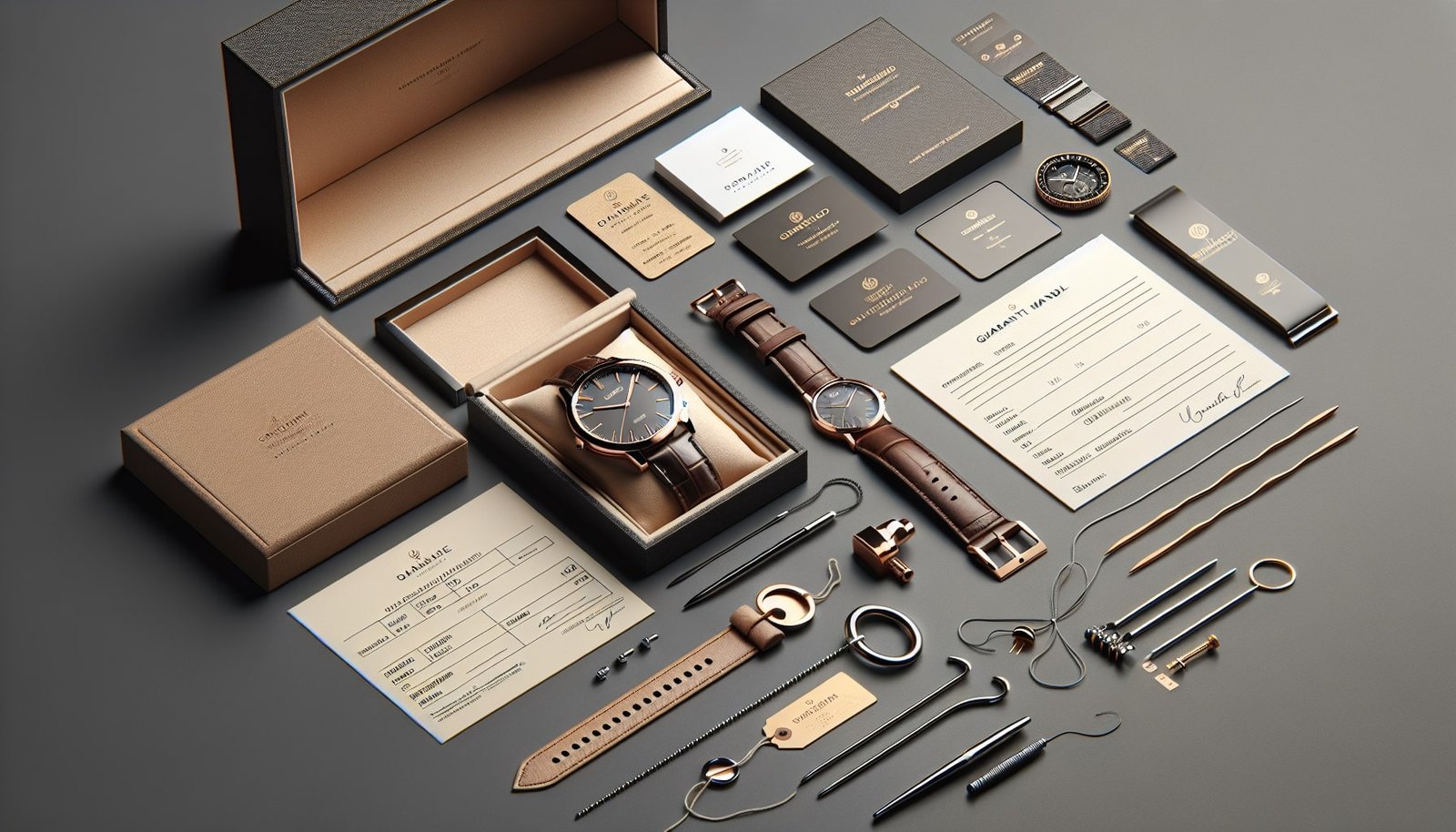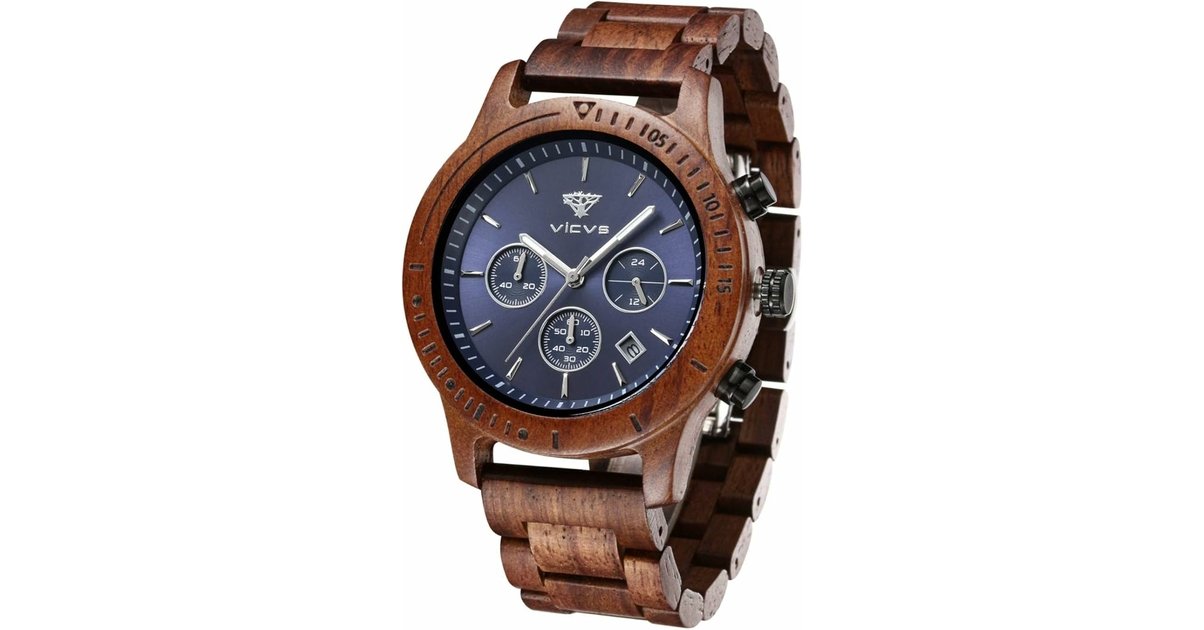Demand remains strong on the second-hand market, with almost a third (31%) of consumers planning to acquire a second-hand watch in the next twelve months.
While two out of five consumers plan to buy a watch online, the watch industry is expected to double its e-commerce sales by the end of the decade. At the same time, demand remains strong in the second-hand market, with nearly a third (31%) of consumers planning to acquire a second-hand watch in the next twelve months. This figure is even higher for those under 40. In fact, nearly one in two respondents in this category (48%) are considering buying a second-hand watch. The second-hand watch market is expected to soar from 20 to 35 billion Swiss francs by 2030 and thus reach a share representing more than half of the primary market. Luxury watches are increasingly favored by investors, especially in China and Hong Kong, where one in three people acquire a watch piece as an investment or to resell it. At a time when consumers are changing their purchasing behavior and when more tech-savvy generations are taking the lead in acquiring luxury watches, the Swiss watch industry will have to resolve to expand its digital offer while taking into account the growing craze for second-hand watches and the sustained trend towards investment purchases.
Despite the rise in inflation and the upheavals at work on the geopolitical scene, the majority (57%) of executives in the Swiss watch industry interviewed by the auditing and consulting firm Deloitte expect a good year for the watch industry. Nevertheless, this figure shows a significant decline compared to last year’s survey, where more than three quarters (77%) of executives expected encouraging prospects. In addition, almost 80% of watch industry executives say that geopolitical uncertainties due to the war in Ukraine, combined with tensions between China and the United States, have a strongly negative impact on the outlook for their company.
In terms of growth prospects, most sector executives believe that the United States – already the number one market for the Swiss watch industry in terms of export volumes – is asserting itself. as the next big growth market, followed by India and China. In this respect, growth forecasts vary considerably from region to region: Hong Kong, for example, is expected to continue to decline or stagnate; on the other hand, only 57% of respondents believe in a boom in the Chinese market, a striking contrast with North America where more than three quarters (77%) of respondents expect growth.
The rise of e-commerce
According to the survey, Generation Z and millennials are the most likely (43%) to buy a new watch online. However, the majority of watch industry executives believe that traditional stores will in the fairly near future remain the primary outlets for purchasing watches.
Karine Szegedi, head of the consumer, fashion and luxury sector at Deloitte Switzerland and co-author of the Deloitte study on the Swiss watch industry: “With two out of five consumers who prefer to buy their timepieces online , it is crucial for brands to expand their e-commerce channels and complement their already well-established physical sales channels if they are to be able to meet their customers’ expectations. According to our estimates, the share of watches purchased online should double to 30% by 2030.”
Watches, investment objects
Overall, nearly one in four consumers (23%) buy timepieces as investment items for resale, with the top three being Singapore (33%), Hong Kong (32%) and China (29%). This could in particular explain why, in certain Asian markets, consumers show a greater propensity to spend more on new watches. In China, for example, more than a third of respondents (35%) are ready to spend 5,000 Swiss francs or more for a new watch, compared to 8% in Switzerland, and only 2% in France. Consumers who buy a watch as an investment plan to resell it at a higher price (36% of respondents) or wish to diversify their investment portfolio in this way (33%). In China, buyers show particular interest in watches as a means of diversifying their portfolio (55% of respondents).
Karine Szegedi: “Luxury watches are considered stable values, especially given the volatility of the market, against the backdrop of strong inflationary pressures.” She adds: “The current scarcity of luxury watches, due to the tension in supply chains and the economic context of the moment, attracts customers anxious to invest in a watch in the hope of gain during the resale.”
A second-hand market enjoying sustained growth
With almost a third of customers (31%) planning to buy a second-hand watch in the coming year and companies setting up their own second-hand sales channels, the watch segment second-hand is on the rise. The latter are increasingly popular, especially among millennials and Generation Z: 48% of respondents in this category said they would be interested in such a second-hand watch. For the majority of respondents, the main motivation for buying a second-hand watch is the possibility of owning a luxury watch at a more affordable price (44%), followed by the desire to acquire a model at the end standard (29%). In addition, 21% indicated that they could consider acquiring a second-hand watch for environmental convictions.
Asked about the outlook for the secondary market, executives are even more optimistic than last year. Thus, they are more than 70% to consider that the second-hand market has a positive impact on the perception of brands and their valuation, and welcome the repercussions on the notoriety and visibility of the watch industry as a whole. Karine Szeged: “The growth potential of the second-hand market is enormous. Looking at current trends and the fact that brands continue to invest in this area, we believe that the current size of the market, which can be estimated at nearly 20 billion Swiss francs, will confirm its breakthrough in coming years to probably reach around 35 billion Swiss francs by 2030, which would represent more than half of the primary market.”
Brand image or sustainable dimension?
Over the past five years, owning a wristwatch has grown in importance to a quarter of consumers, an even higher percentage among millennials (35%) and Gen Z (33%). In fact, 32% of consumers surveyed place more importance on sustainability than on brand image; yet the opposite is only true for 21%. On the other hand, for one in three consumers, the aesthetic choice takes precedence over the other decision-making factors. Generations Y and Z place more importance on the long-lasting features of a watch.
The watch industry nevertheless agrees on the fact that it must play its full part in the advent of a more sustainable future. And the measures taken by brands in this direction are not lacking. At the top of sustainability issues, the majority of industry executives (64%) place ethical purchasing and human rights, followed by reporting and compliance (21%) and packaging (12%). And Karine Szegedi underlines: “Although the Swiss watch industry retains a traditional character, it remains one of the most innovative sectors. It is precisely this spirit of innovation that has made it possible to identify new, more circular and sustainable materials, which have a lower carbon footprint.”





